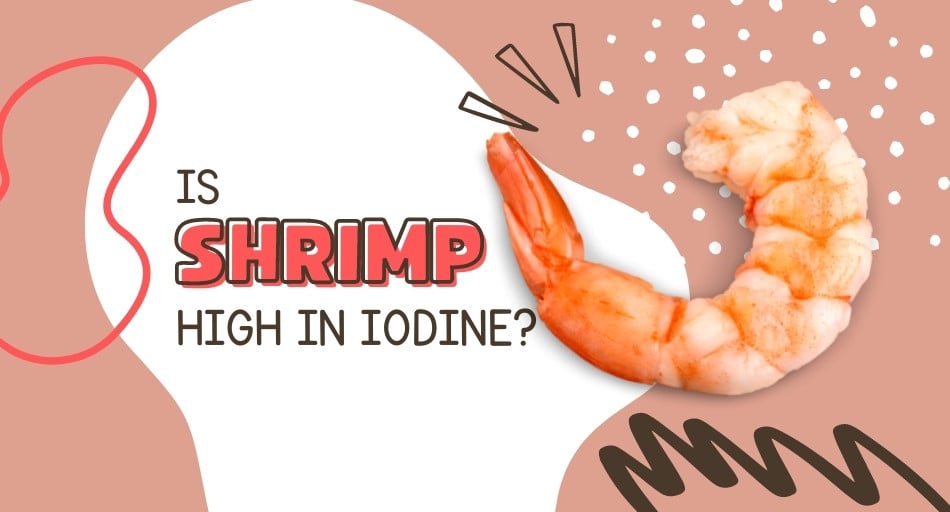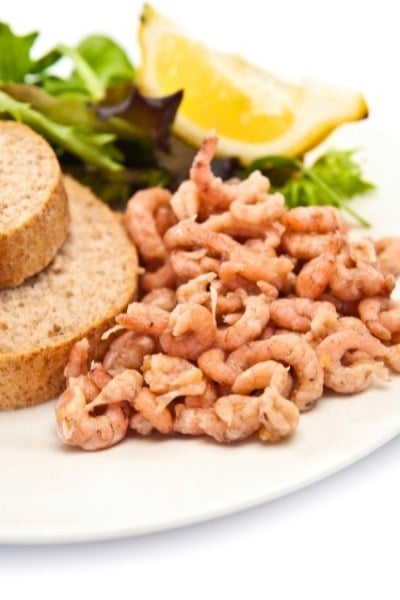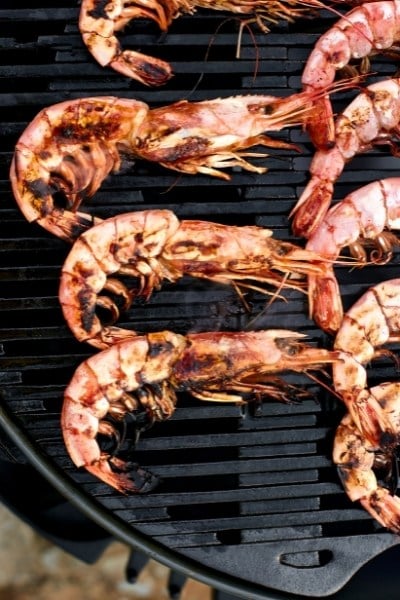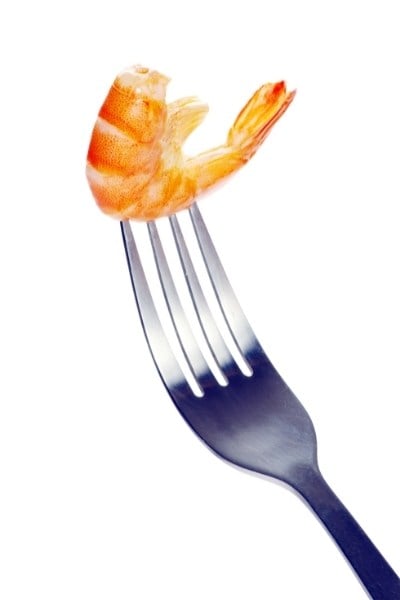Shrimp is a popular seafood, and eating it is healthy due to its high protein and low-fat content. But is shrimp also a good source of iodine which is essential for thyroid function?

Table of Contents
- Is shrimp high in iodine?
- How much iodine is in shrimp?
- Can you take in too much iodine from shrimp?
- What types of shrimp can you eat?
- What type of shrimp is high in iodine?
- What seafood does not have iodine?
- How to prepare shrimp?
- Is it OK to eat shrimp every day?
- What are the health benefits of iodine?
- What is the side effect of shrimp?
- Conclusion
Is shrimp high in iodine?
Shrimp is a good source of iodine and is an essential nutrient for proper thyroid hormone functioning. Thyroid hormones are important for maintaining a healthy metabolism and proper growth and development.
A lack of iodine can lead to an enlarged thyroid gland (goiter), as well as other problems such as intellectual disability, deafness, and impaired growth. So it is crucial to make sure you are getting enough iodine in your diet.

How much iodine is in shrimp?
Shrimp contain a good amount of iodine, with a 3-ounce serving of shrimp containing 35 micrograms of iodine, which is around 25% of the recommended daily amount. So if you are looking for a good seafood option high in iodine, shrimp is a good choice.
The recommended daily intake (RDI) of iodine is 150 mcg per day for most adults. For women who are pregnant or nursing, the requirements are higher.
Can you take in too much iodine from shrimp?
Even if you eat a lot of shrimp that's high in iodine, it's doubtful that you would take in too much iodine.
That's because the body has a natural way of getting rid of any excess iodine that it does not need.
However, if you have a thyroid condition, you may want to speak to your doctor about whether or not eating shrimp is right for you.
What types of shrimp can you eat?
There are different types of shrimp you can eat. They include:
1. Pacific White shrimp: This type of shrimp is also known as the "King prawn." It's found in the Pacific Ocean and is a popular choice for eating.
2. Atlantic white shrimp lives in the Atlantic Ocean. It's smaller than the Pacific white shrimp and has a sweeter flavor.
3. Brown shrimp is found in the Gulf of Mexico. It has a milder flavor and is often used in recipes that call for shrimp.

4. Pink shrimp is a shrimp found in the Gulf of Mexico and is a popular food choice. It has a sweet flavor and is often used in salads or as garnish.
5. Rock shrimp lives in the Gulf of Mexico and the Caribbean. It's a popular choice for eating because it has a milder flavor.
6. Royal Red shrimp is found in the Gulf of Mexico and has gained popularity due to its sweet flavor.
7. White shrimp is a type of shrimp that has a mild flavor and also lives in the Gulf of Mexico.
8. Yellowtail shrimp is another type of shrimp that also has a mild flavor and is found in the Gulf of Mexico.
9. Coconut shrimp swims in the Caribbean and is a popular food choice because it has a sweet flavor.
10. Spotted shrimp is a popular shrimp with a mild flavor and is found in the Gulf of Mexico.
11. Tiger shrimp lives in the Indo-Pacific region and has a sweet flavor. Popular in cuisine worldwide.
What type of shrimp is high in iodine?

Some types of shrimp are higher in iodine than others. Shrimp that are caught in saltier waters tend to have higher iodine levels than those caught in freshwater.
So, if you're looking for a shrimp high in iodine, you may want to look for saltwater shrimp that include Tiger shrimp, Brown shrimp, and White shrimp.
Shellfish such as oysters, crabs, and lobsters contain more iodine than shrimp.
What seafood does not have iodine?
Although most seafood has iodine, there are a few options that don't. These seafood options include freshwater fish, such as trout, as well as shellfish, such as clams and mussels.
So, if you are looking for a seafood option that does not have iodine, these are some good choices.
How to prepare shrimp?
Preparing shrimp is simple and only requires a few steps. First, you'll need to remove the head and shell of the shrimp.
To do this, simply use your fingers to peel off the head and then use a knife to remove the shell. Next, you will need to devein the shrimp. To do this, use a knife to make a small cut along the back of the shrimp, and then use your fingers to remove the vein.
Finally, you will need to rinse the shrimp under cold water.
Is it OK to eat shrimp every day?
Eating shrimp every day is perfectly fine and can be beneficial due to the high iodine content. Just be sure to mix up your seafood choices so that you can get a variety of nutrients from different sources.

What are the health benefits of iodine?
Iodine consumption has many benefits.
1. It helps to prevent goiters.
2. Iodine is essential for developing the brain and nervous system.
3. Iodine boosts the immune system.
4. It treats and prevents certain types of cancer.
5. Iodine can help to improve fertility.
6. Iodine improves thyroid function.
7. It helps to improve heart health.
8. Iodine improves cognitive function.
9. Iodine help to prevent congenital disabilities.
10. It helps to prevent hearing loss.
What is the side effect of shrimp?
The side effects of shrimp are typically mild and include:
1. Allergic reactions
Some people may be allergic to shrimp. If you experience any symptoms of an allergic reaction, such as hives, swelling, or difficulty breathing, seek medical attention immediately.
2. Diarrhea
Shrimp can sometimes cause diarrhea. If you experience a severe or persistent diarrhea, speak to your doctor.
3. Kidney stones
People susceptible to kidney stones may be at an increased risk of developing them if they eat shrimp regularly. If you have a history of kidney stones, speak to your doctor about whether or not shrimp is right for you.
4. Indigestion
Some people may experience indigestion after eating shrimp. If you experience persistent or severe indigestion, speak to your doctor.
Conclusion
In conclusion, shrimp is a good source of iodine. It is vital to get enough iodine in your diet, as it can help with proper growth and development.
Sources: USDA, Eat This, Your Hormones
